
Seminole County is a county located in the U.S. state of Oklahoma. As of the 2020 census, the population was 23,556. Its county seat is Wewoka. Most of the county was a reservation for the Seminole Nation of Oklahoma which still retains jurisdiction over some land in the county. A small portion of land at the eastern end of the county belonged to the Muscogee (Creek) Nation.

Pottawatomie County is a county located in the U.S. state of Oklahoma. As of the 2020 census, the population was 72,454. Its county seat is Shawnee.
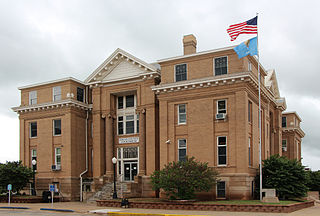
Logan County is a county located in the U.S. state of Oklahoma. As of the 2020 census, the population was 49,555. Its county seat is Guthrie.

Lincoln County is a county in eastern Central Oklahoma. As of the 2020 census, the population was 33,458. Its county seat is Chandler.
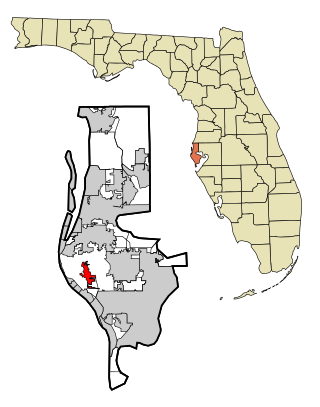
Seminole is a city in Pinellas County, Florida, United States. It is part of the Tampa Bay area. The population was 19,364 at the 2020 census.

Lone Grove is a city in Carter County, Oklahoma, United States. The population was 5,054 at the 2010 census. It is part of the Micropolitan Statistical Area of Ardmore.

Centrahoma is a rural small town in Coal County, Oklahoma, United States. The population was 97 at the 2010 census.

Cleora is an unincorporated community and census-designated place (CDP) in Delaware County, Oklahoma, United States, along State Highway 85. The population was 1,463 at the 2010 census, up from the figure of 1,113 recorded in 2000. The Cleora Post Office existed from November 28, 1900, until October 15, 1954. Cleora was established in District 2 of the old Indian Territory. It was named for Cleora Ann Lunday, sister of the postmaster, Ed Lunday.

Olustee is a town in Jackson County, Oklahoma, United States. "Olustee" is said to be a Seminole word meaning "pond" or from the Creek (Muscogee) language ue-lvste (/oy-lást-i/) meaning "black water", and being taken from the Battle of Olustee in Florida. The population was 468 as of the 2020 United States census.

Talihina is a town in LeFlore County, Oklahoma, United States, its name originating from two Choctaw words, tully and hena, meaning "iron road," a reference to the railroad around which the town was built. It is part of the Fort Smith, Arkansas–Oklahoma Metropolitan Statistical Area. The population was 925 at the time of the 2020 Census.

Davenport is a town in Lincoln County, Oklahoma, United States. The population was 814 at the 2010 census.

Oktaha is a town in Muskogee County, Oklahoma, United States.

Byng is a town in Pontotoc County, Oklahoma, United States. The population was 1,175 at the 2010 census.

Earlsboro is a town in Pottawatomie County, Oklahoma, United States. The population was 594 by the 2020 United States census. It was once called "...the town that whisky built and oil broke."
St. Louis is a town in Pottawatomie County, Oklahoma, United States. The population was 121 by the 2020 United States census.
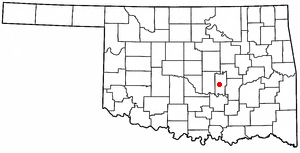
Bowlegs is a town in Seminole County, Oklahoma, United States. The population was 357 at the time of the 2020 census.

Konawa is a city in Seminole County, Oklahoma, United States. The population was 1,288 at the time of the 2020 census. Konawa is a Seminole word meaning, "string of beads."

Sasakwa is a town in Seminole County, Oklahoma, United States. The population was 80 as of the 2020 census.
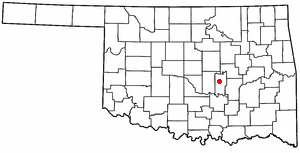
Seminole is a city in Seminole County, Oklahoma, United States. The population was 7,488 at the 2010 census. Seminole experienced a large population growth in the 1920s due to an oil boom.
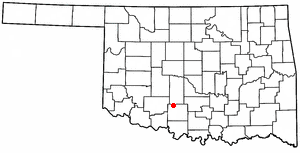
Marlow is a city in Stephens County, Oklahoma, United States. The population was 4,385 at the time of the 2020 Census.








